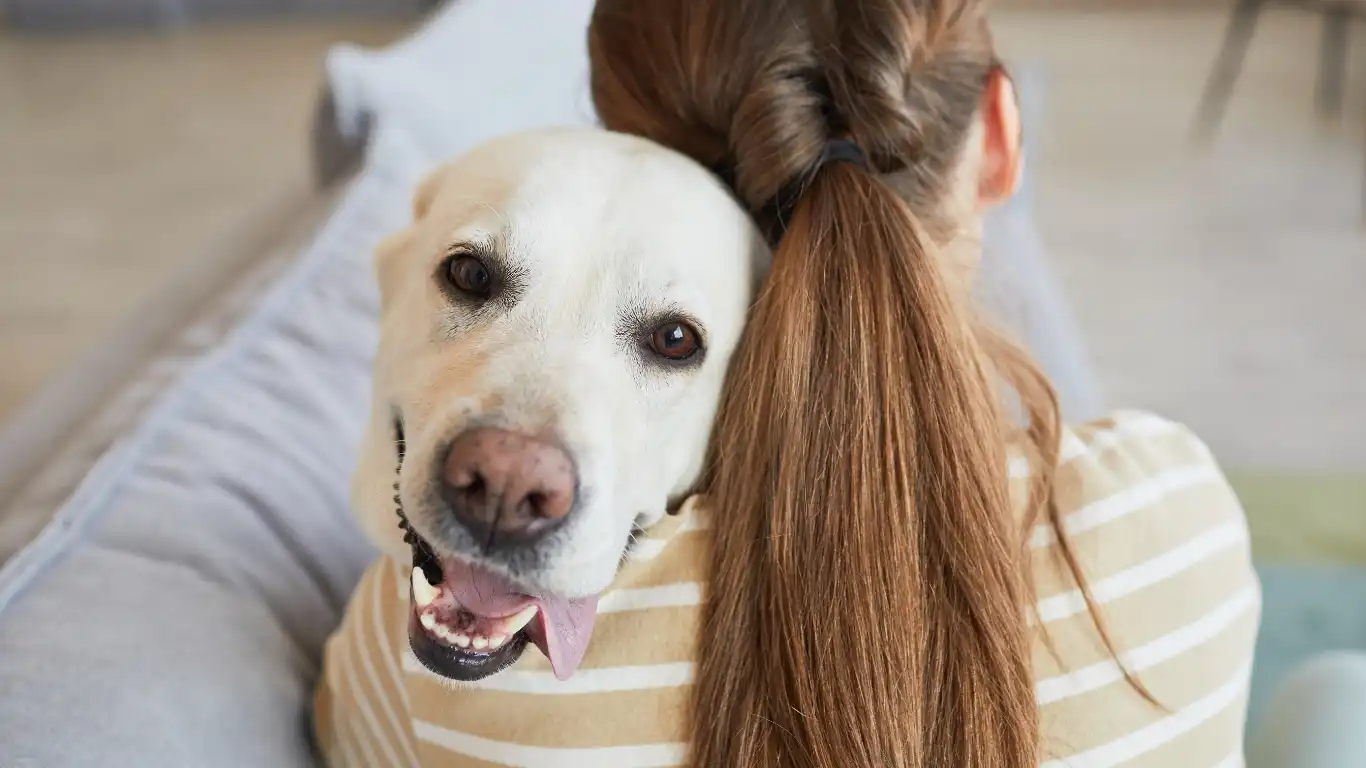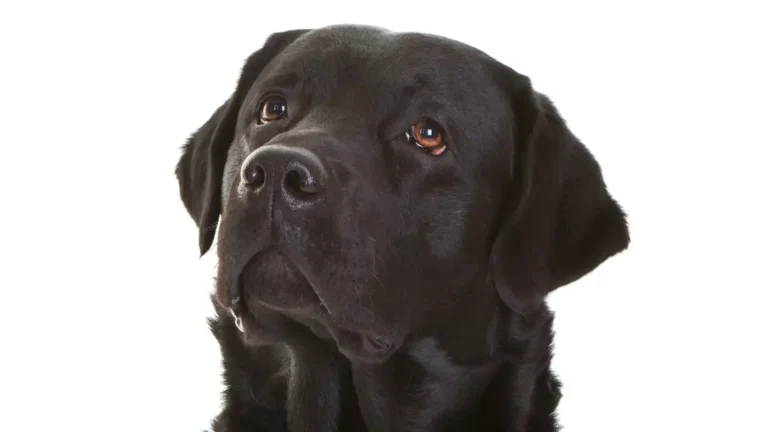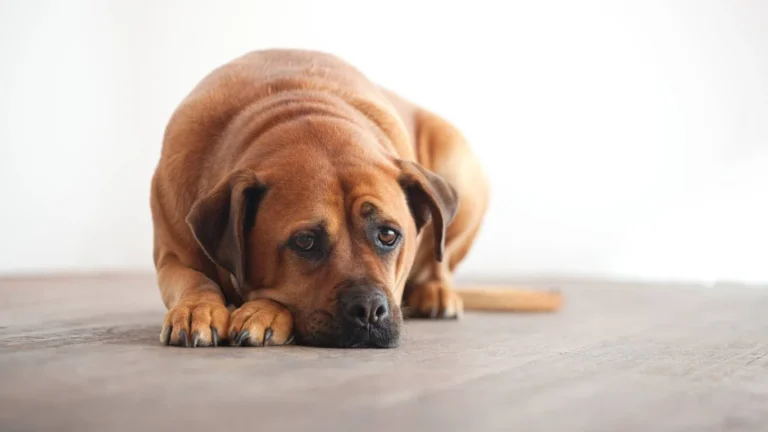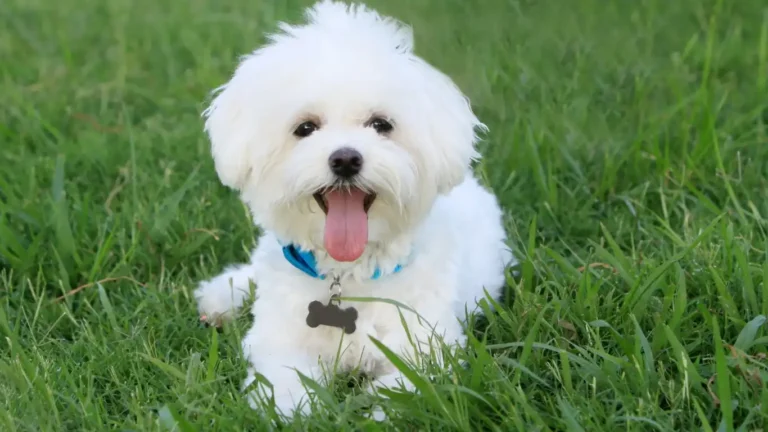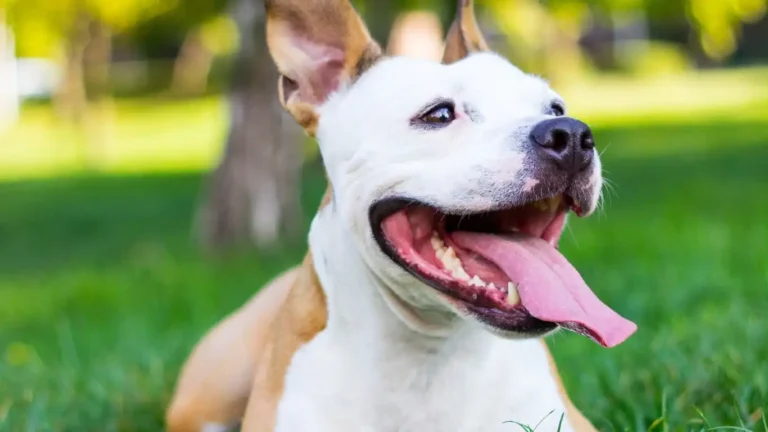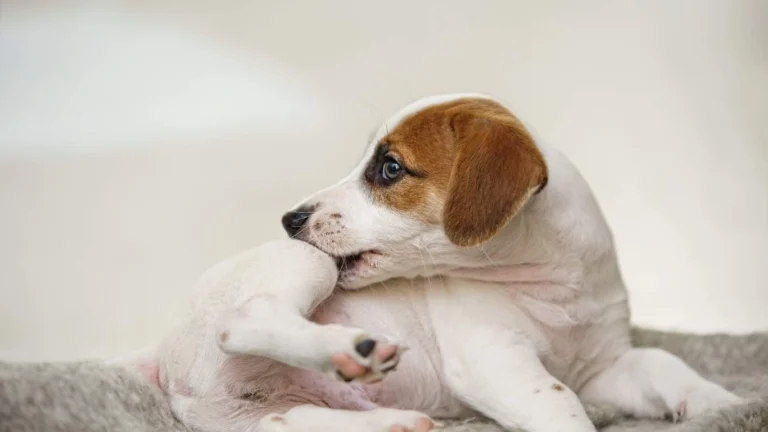How to Keep a Dog’s Coat Clean Between Baths: Vet-Approved Tips That Work
If you’re wondering how to keep a dog’s coat clean between baths, trust me—you’re not alone. As a Veterinary Technician with a focus in nutrition, I’ve had countless pet parents ask me the same thing during appointments. “Bianca, I just bathed him last week, but he already smells like outside!” Yep, been there, sniffed that. Keeping your pup clean without overbathing (which can actually mess with their skin and coat health) is a bit of an art—and yes, science too. Let me walk you through some of the best, vet-approved ways to keep your dog looking fresh and feeling their best between bath days.
Why Overbathing Isn’t the Answer
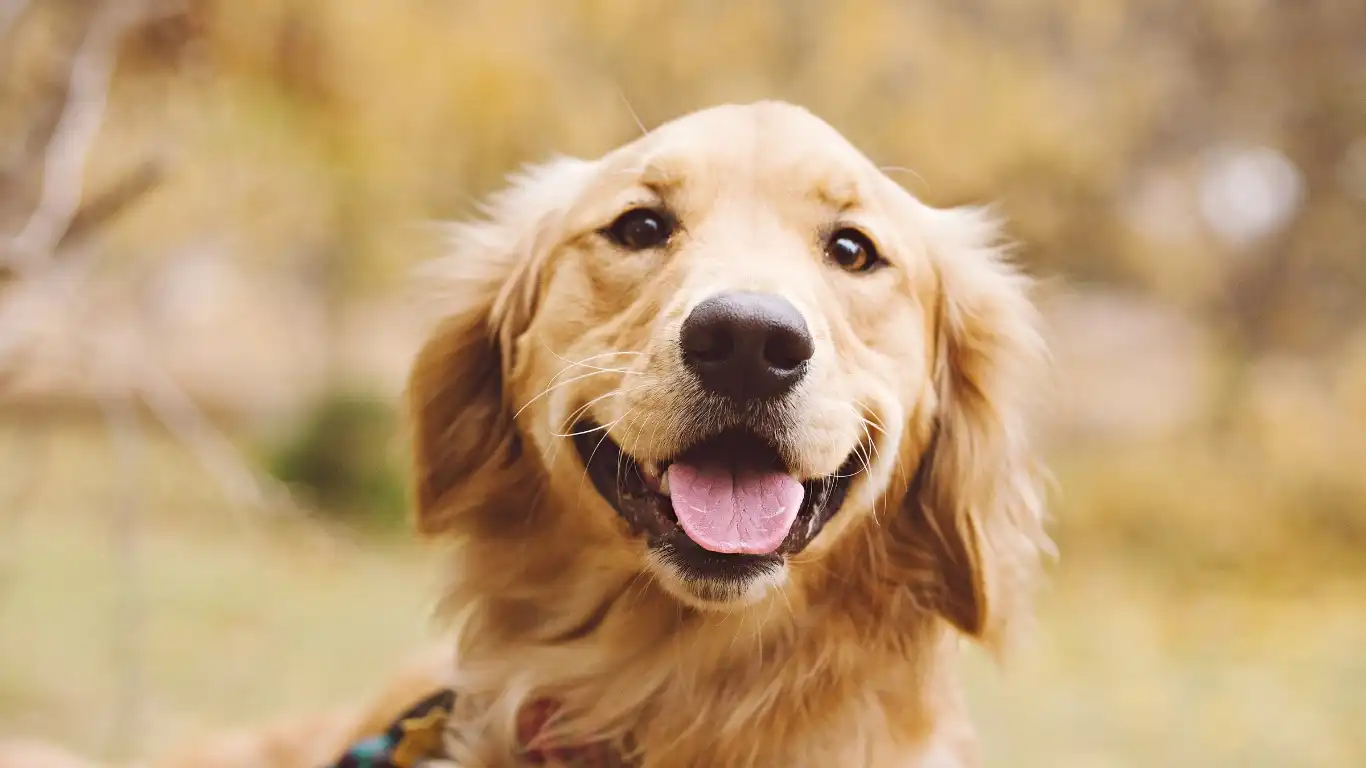
Before we get into the good stuff, let’s talk about the biggest mistake I see: overbathing. I know, it’s tempting—especially if your dog is a mud-puddle magnet like some of my patients. But overdoing it with the shampoo can strip away natural oils, leading to itchy, flaky skin and a dull coat. Dogs don’t need baths as often as we might think. For most breeds, once every 4–6 weeks is plenty. The real secret? Keeping them fresh *between* those baths.
Daily and Weekly Habits to Keep a Dog’s Coat Clean Between Baths
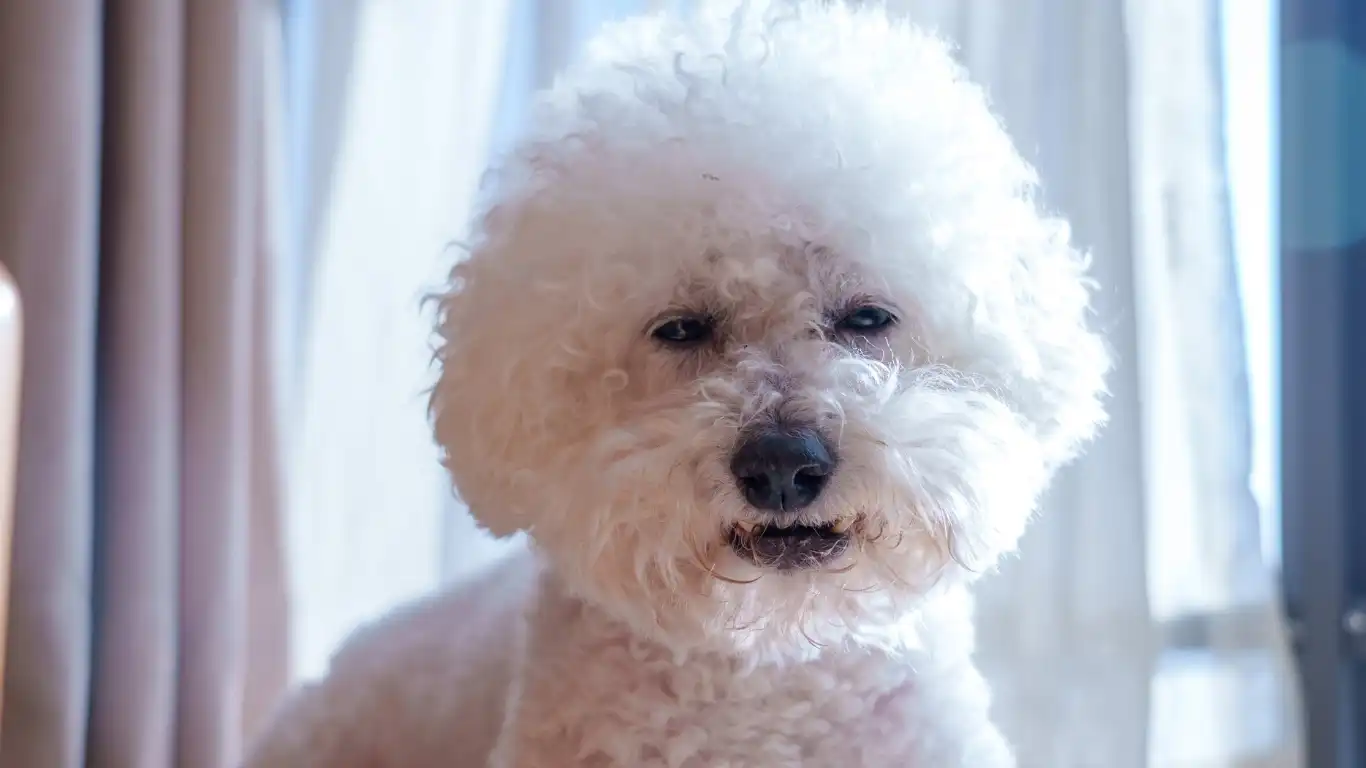
1. Brushing Is Your Best Friend
I can’t stress this enough. Brushing is a game-changer. It helps remove dirt, loose fur, and allergens that build up on the coat. Plus, it distributes those natural oils that keep the fur shiny and healthy. I usually tell my clients to tailor the brush type and frequency to their dog’s coat:
- Short-haired breeds (like Beagles or Boxers): Brush 1–2 times a week with a rubber curry brush or grooming glove.
- Medium to long-haired breeds (like Goldens or Collies): Aim for daily brushing using a slicker brush and/or de-shedding tool.
- Poodles or curly coats: Comb through every other day to prevent mats, especially around the ears and legs.
Quick tip: Keep a brush near the door and give your pup a once-over after walks. Not only does it remove outdoor debris, but it becomes a bonding routine too.
2. Use Dog-Friendly Wipes for a Quick Refresh
Dog grooming wipes are a lifesaver—no joke. I always keep a stash in my bag, especially for post-park meetups or after vet tech shifts where I’ve been hugging other people’s dogs. They’re great for spot cleaning muddy paws, wiping dusty bellies, or freshening up your pup’s fur in a flash. Just make sure they’re fragrance-free and vet-approved to avoid irritation.
3. Dry Shampoo for Dogs? Yes, It’s a Thing!
Okay, don’t laugh—but doggy dry shampoo is a real thing, and it actually works. There are waterless foams and powders specifically formulated for canine skin. I personally like oat-based formulas, especially for pups with sensitive skin. Massage it in, let it sit a few minutes, then brush it out. Your dog’s coat will feel clean and smell fresh, minus the whole bath drama.
4. Keep Their Bedding and Favorite Spots Clean
This is one of those things that’s easy to overlook. Your dog can be squeaky clean, but if they’re curling up in a funky-smelling bed or lounging on a blanket full of fur and dust, it won’t matter. Wash their bedding weekly (I do mine every Sunday—like clockwork), and vacuum their favorite hangouts to keep the coat grime-free.
5. Nutrition Makes a Bigger Difference Than You Think
Let’s not forget what’s going on inside. A healthy coat starts with the right nutrition—something I talk about with pet parents every single day. Omega-3 and Omega-6 fatty acids, found in fish oils or specially formulated diets, can drastically improve coat quality. I’ve had dogs come into the clinic with dull, itchy fur and walk out a few weeks later shiny and smooth, all thanks to a little dietary tweak. Don’t underestimate what the food bowl can do.
Spot Cleaning Tricks for the Mud Magnet Dogs

6. Tackle Dirt Fast With Spot Sprays
If your dog is one of those “see mud, dive in” types (I see you, Labs and Spaniels), a good spot-cleaning spray is a must. These are leave-in cleansers that help break up dirt and oils without water. Just spray, massage into the dirty area, and towel it off. Super handy after rainy walks or muddy yard time.
7. Baby Powder? Not Quite—but Dog Powder Can Work
I had a client once ask me if they could use baby powder to freshen up their Frenchie. I get the idea—but it’s not really safe for dogs. However, some grooming powders made for pets can absorb odor and oils safely. Just sprinkle a little on the coat, brush it through, and boom—instant refresh.
8. Don’t Forget the Ears and Paws
A clean coat won’t matter if your pup’s ears are gunky or their paws are funky. I recommend wiping down paws after every walk, especially during allergy season or winter salt season. And check those ears weekly—gently wiping with a vet-approved cleanser helps prevent infections and keeps them smelling clean. Trust me, nothing ruins cuddle time like a whiff of dirty ears!
Grooming Tools That Make a Huge Difference
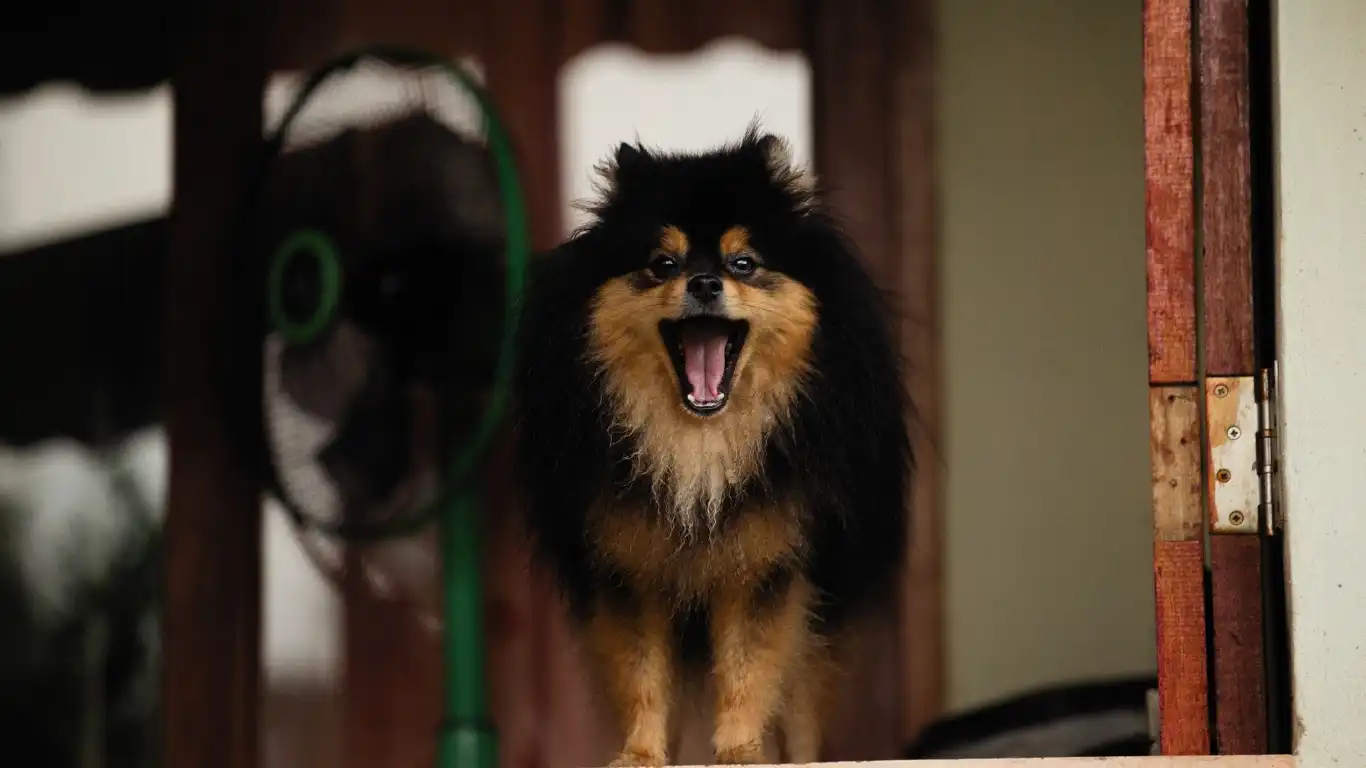
Let’s talk tools. I’ve been in enough exam rooms and grooming sessions to know that not all brushes are created equal. And honestly, using the wrong tool can make your dog hate grooming—or worse, it might not do much to keep their coat clean. Here’s what I recommend to pet parents based on coat type, lifestyle, and what your dog will actually tolerate (because yes, some pups are divas!).
1. Slicker Brushes vs. Pin Brushes
If your dog has a thick double coat (think Huskies, Shepherds), a slicker brush is your go-to. It gets into the undercoat and helps with shedding, which means less fur on your couch and less dirt trapped near the skin. For longer-haired pups or those with silkier coats, like Yorkies or Shih Tzus, a pin brush works wonders for detangling without pulling too much.
2. Grooming Gloves for the Wiggly Ones
Some dogs just can’t sit still, especially during brushing. That’s where grooming gloves come in. They’re a fantastic solution for dogs who think grooming is a wrestling match. You’re basically petting them while removing fur and dander. I use these on nervous patients in the clinic—they work like a charm and help reduce stress.
3. Undercoat Rakes for Heavy Shedders
If your dog blows their coat twice a year (you know who you are, Husky parents), an undercoat rake is a must. It pulls out all that loose fur buried beneath the topcoat. Not only does this keep your home cleaner, but it stops all that gunk from building up in their coat. Trust me, when I do this on patients during grooming consults, it’s like we shave off a whole extra dog in fur!
Coat Health Starts With Skin Health

Here’s a vet tech secret: if the skin’s not happy, the coat won’t be either. A shiny, clean coat between baths doesn’t just come from external care—it comes from nurturing the skin underneath. And that means paying attention to diet, hydration, and environment.
1. Hydration Is Often Overlooked
I’ve seen dogs with dry, flaky coats that magically improve when they start drinking more water. Crazy, right? But it makes sense—just like us, dogs need hydration to keep their skin supple and healthy. If your dog’s coat is dull or itchy, try adding a little water to their kibble or switching to a moist diet. And always make sure clean water is available 24/7.
2. Add Skin-Supportive Supplements
Fatty acids like Omega-3 and Omega-6 are superstars when it comes to coat care. I’ve recommended fish oil capsules or salmon oil to dozens of pet parents, and I’ve seen results within weeks. Look for products that also include vitamin E and zinc—these support cell repair and reduce inflammation, helping with everything from hot spots to seasonal dandruff.
3. Monitor for Allergies and Sensitivities
If your dog is constantly scratching or licking their paws, it might not be about dirt—it could be allergies. Environmental allergens like pollen and dust can stick to the coat and irritate the skin. I always advise wiping down paws and coats after outdoor play, especially during allergy season. If the itching persists, don’t just reach for the wipes—talk to your vet or a vet nurse like me. Sometimes an allergy diet or medication is the real fix.
When Your Dog Loves Getting Dirty
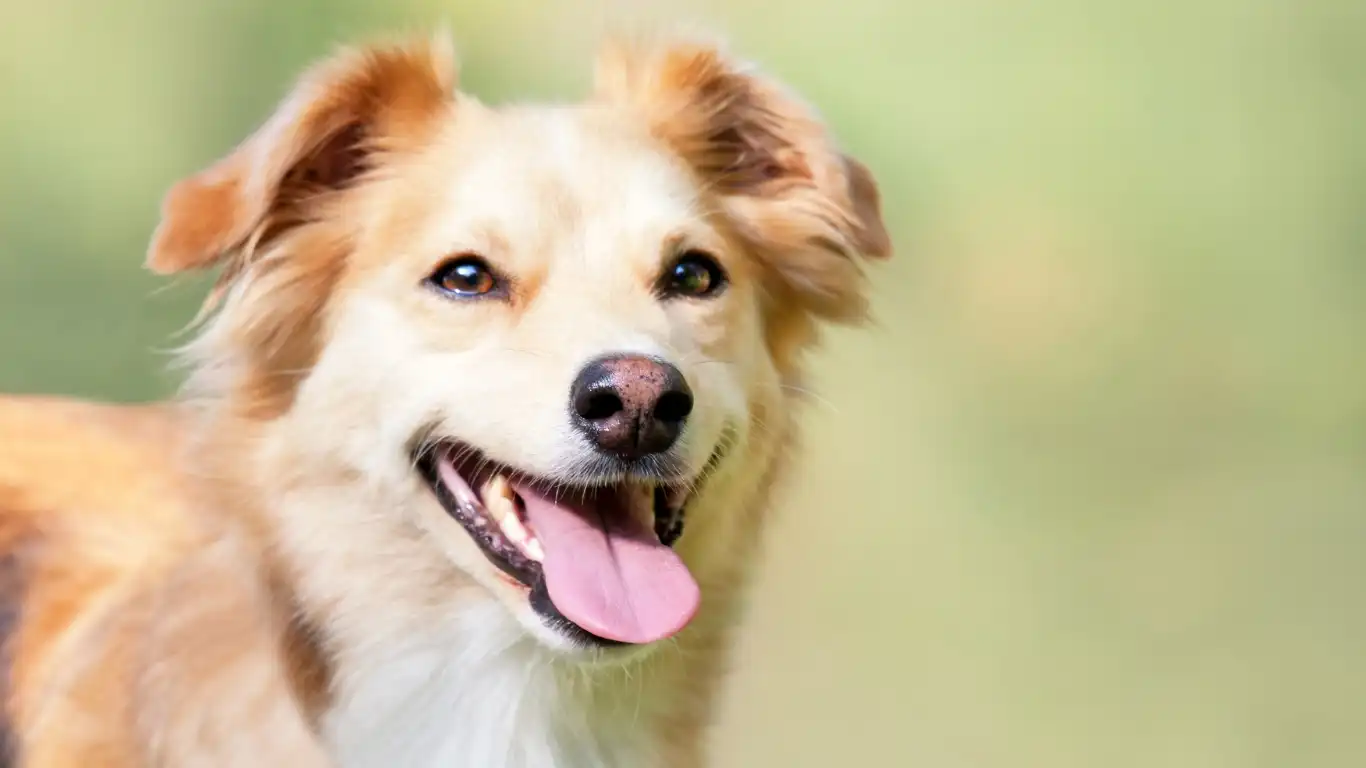
Let’s be real—some dogs are just dirt magnets. I’ve had patients who roll in whatever smells the worst at the park (you know, the “mystery spots” that make you want to dry heave). For those adventurous types, staying clean between baths is a bigger challenge—but not impossible.
1. Invest in a Good Rinse-Free Wash
There are foaming cleansers and spray-on rinses made just for muddy moments. I’ve used these in clinic settings after surgical cleanups (when we don’t want to fully bathe the dog), and they’re great for home use too. Spray it on, wipe it off, and let your dog carry on with their chaos—cleaner, at least!
2. Paw Soaks and Booties
I recommend paw soaks for dogs that get into everything. A shallow bowl of warm water with a splash of dog-safe antiseptic or even apple cider vinegar (diluted!) can remove bacteria and allergens. Do this after muddy walks and you’ll notice fewer odors and cleaner beds. And if your dog tolerates them, booties can be a miracle during rainy season or hikes—less mess coming back inside.
3. Rinse—But Skip the Shampoo
Sometimes, you just need to rinse your pup down. Plain water can go a long way. Hose off mud, sand, or grass after playtime without the drying effects of shampoo. I keep a lukewarm sprayer attachment by my laundry sink just for this. It’s quick, easy, and keeps those surprise bath days from turning into full shampoo sessions.
Quick Grooming Routine for Busy Dog Parents

I get it—life is hectic. Not everyone has 30 minutes a day to brush, wipe, and fluff their dog. That’s why I put together this simple weekly routine I often give my clients. It only takes a few minutes a day, and it really helps maintain a clean, healthy coat between full grooming sessions:
- Monday: Quick brushing session (5–10 minutes)
- Tuesday: Wipe down paws and belly with pet wipes
- Wednesday: Comb through problem areas (ears, tail, armpits)
- Thursday: Spray on a coat refresher or dry shampoo
- Friday: Check ears, trim any paw fur if needed
- Saturday: Wipe bedding or vacuum sleeping spots
- Sunday: Chill. Unless they rolled in something gross, of course.
Consistency is the secret sauce. A few minutes here and there can keep your pup smelling fresh, looking shiny, and avoiding that dreaded “dog smell” that sneaks in too quickly. And the bonus? These little routines also help you bond with your dog. Most pups end up loving the attention—and hey, it’s a great excuse for some belly rubs.
How to Keep a Dog’s Coat Clean Between Baths While Traveling or On-the-Go
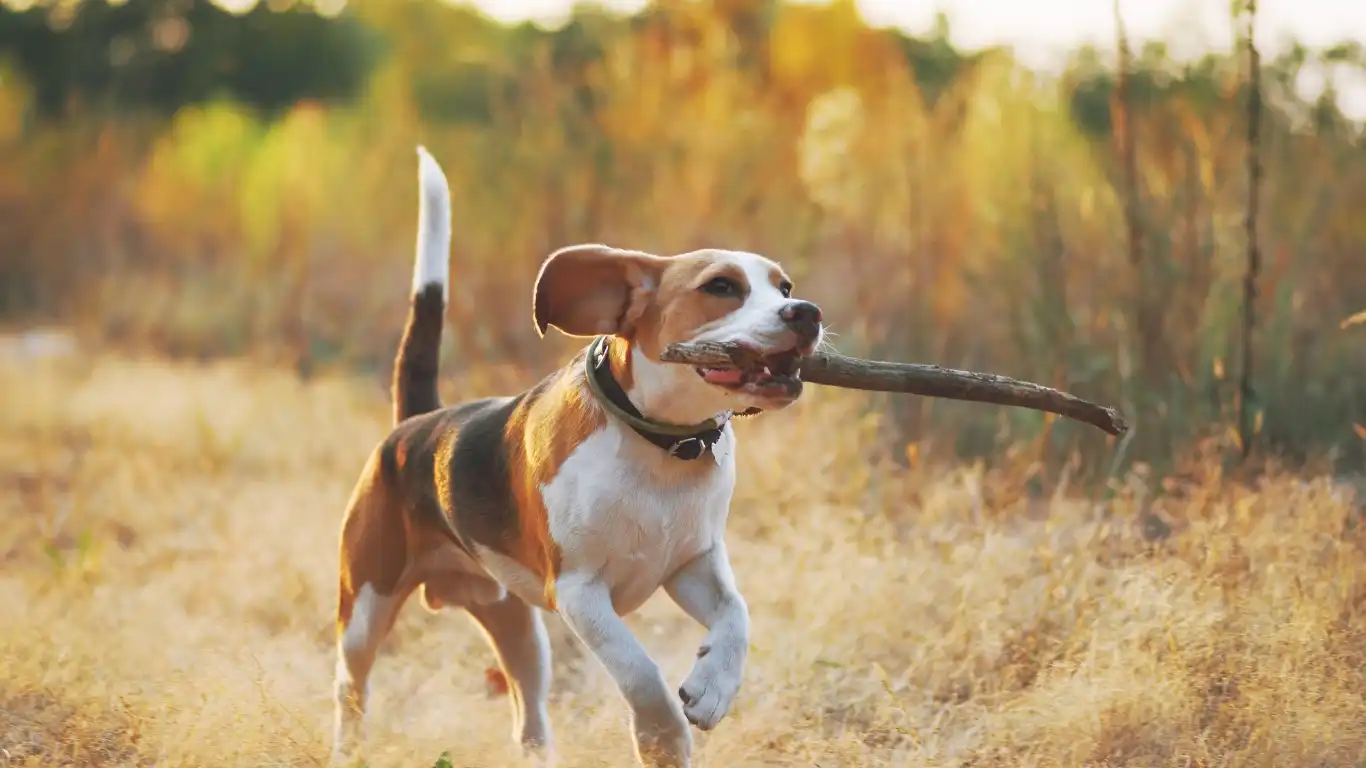
Now, let’s talk about the wild card: keeping your dog’s coat clean between baths when you’re not at home. Whether it’s a weekend getaway or a full-on road trip, I’ve learned (often the hard way) that dogs have a magical ability to find messes no matter where they go. One time, my own pup managed to roll in what I can only describe as “mystery farm gunk” about ten minutes into a camping trip. No tub, no water hookup—just me, a disgusted dog, and a backpack. So here’s how to stay prepared.
1. Pack a Portable Grooming Kit
You’d be amazed what a little bag of essentials can do. My travel grooming kit includes:
- Pet-safe grooming wipes
- Dry shampoo foam or powder
- Small slicker brush
- Folding grooming scissors
- Quick-dry microfiber towel
- Paw balm and travel-sized coat refresher spray
I keep this kit in my car, and I’ve used it more times than I can count—after hikes, beach days, and even vet home visits. It saves the day when there’s no tub in sight.
2. Spot Cleaning with What You’ve Got
If you don’t have your regular supplies, you can improvise. On a hike? Use clean water from your bottle and a towel or old t-shirt to wipe mud off paws. At a hotel? A wet washcloth and a gentle rubdown can help with dust and dander. Just avoid harsh soaps or human products—dog skin has a different pH balance, and using the wrong thing can irritate their skin or coat.
3. Brush Daily While Traveling
Dogs often shed more when they’re in a new environment—it’s a stress response. Brushing daily while on the road helps reduce fur build-up and keeps their coat cleaner longer. Plus, it’s a comforting ritual that can help anxious pups settle into a new place. I usually recommend doing it right before bed—it’s soothing and cuts down on the tumbleweeds in your Airbnb.
Professional Grooming vs. At-Home Care
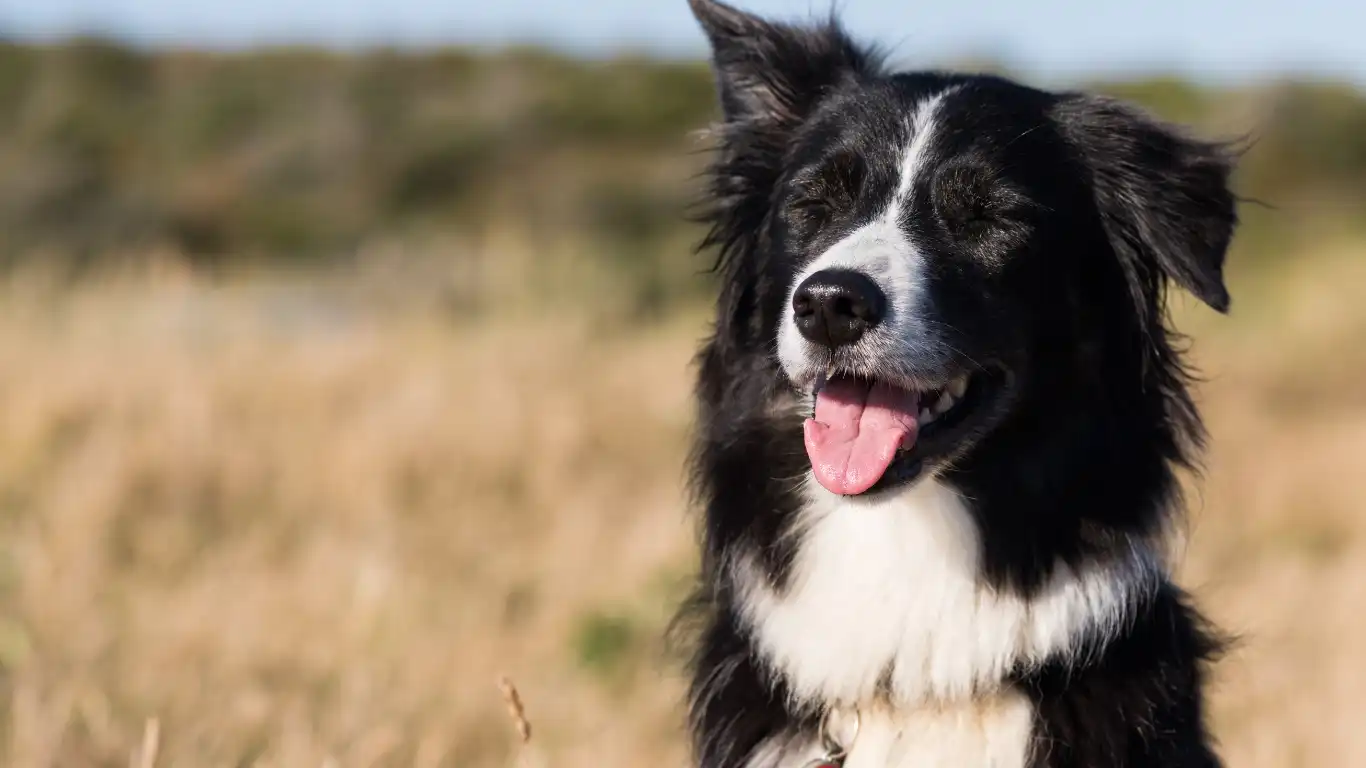
This is a question I get all the time: “Do I really need to take my dog to a groomer if I’m already doing all this at home?” And honestly, it depends. Groomers offer deep cleaning, specialized coat care, and trimming that’s hard to replicate with your home kit. But if you’re keeping up with brushing, wiping, and maintaining the basics, you can absolutely stretch out the time between professional visits.
1. When to Book a Groomer
There are a few signs it’s time to let the pros step in:
- Severe matting or tangles you can’t brush out
- Strong odors that don’t improve with wipes or dry shampoo
- Coat feels greasy, sticky, or overly dry despite at-home care
- Your dog starts resisting grooming routines they used to tolerate
And if you’ve got a breed like a Poodle, Bichon, or Doodle mix—yeah, a professional groomer is basically your best friend. Their coats are gorgeous but high-maintenance, and home grooming can only go so far.
2. Teaming Up with Your Groomer
I always tell pet parents: you don’t have to choose one or the other. I’ve worked with amazing groomers who partner with pet owners to build between-visit routines. Ask them what tools they recommend, how to maintain their work, and which trouble spots to watch for. That collaboration can make your dog’s coat cleaner and healthier long-term.
Environmental Factors That Affect Coat Cleanliness
It’s not just what you do—it’s where your dog lives, plays, and naps. I’ve seen dogs with the exact same grooming routines look completely different because of their environment. Here’s what to keep in mind if you want your dog to stay clean longer.
1. City Dogs vs. Country Dogs
Urban pups often deal with pollutants, sidewalk grime, and de-icing salt, while rural dogs encounter more mud, bugs, and organic debris. Both settings have challenges. For city dogs, make paw cleaning a non-negotiable routine, and consider protective booties. For country dogs, check for ticks, burrs, and soil build-up in the coat, especially if they roam in tall grass or wooded areas.
2. Indoor Air Quality
Believe it or not, the air inside your home can impact your dog’s coat. Dust, dander, and dry air contribute to skin flakiness and dull fur. A HEPA filter and regular vacuuming can reduce airborne particles. During winter months, I often recommend using a humidifier to keep your dog’s skin (and yours!) from drying out.
3. Seasonal Transitions
Spring and fall are heavy shedding seasons, and coats can get particularly grimy during these times. Adjust your grooming frequency accordingly. I like to do quick daily brushes during these seasons and increase fatty acid supplements if needed—it helps reduce that “blowing coat” effect.
Final Thoughts and Encouragement
Look, keeping your dog’s coat clean between baths doesn’t have to be a huge chore. With just a few minutes a day, some clever tools, and a bit of consistency, you’ll be amazed at how fresh and fabulous your pup can stay. Over the years, I’ve helped hundreds of pet parents build these routines—and once it becomes part of your daily rhythm, it’s second nature. And your dog? They’ll love the extra attention (even if they roll their eyes at the brush now and then).
Whether you’re caring for a high-maintenance fluffball or a low-key short-haired pup, the key is tailoring your approach to their needs and lifestyle. You don’t need to bathe them constantly—you just need to be a little proactive and a little strategic. And if you ever feel stuck or unsure, don’t hesitate to ask your vet or a vet tech (hi, that’s me!) for guidance. We’re always happy to help keep your best friend clean, comfy, and ready for cuddles.
References
Disclaimer
This article is intended for educational purposes only and is not a substitute for professional veterinary advice. Always consult with a licensed veterinarian or veterinary technician before making changes to your dog’s grooming or care routine. Every dog is different, and what works for one may not work for another.
